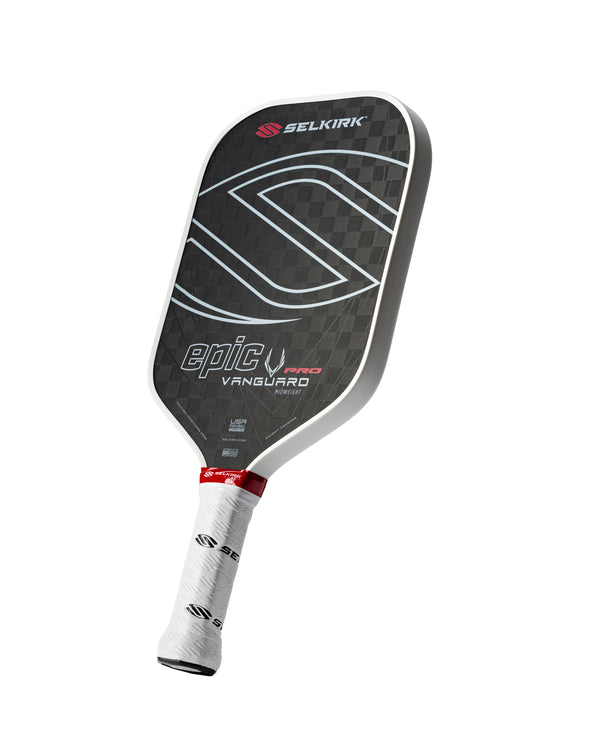
Australia loves its motorsport. Legions of fans line the tarmac week after week to bear witness to the age-old marriage of speed and testosterone.
One of the more interesting races is the called the Go-To-Whoa, a drag race with a twist. Unlike a traditional drag race, the Go-To-Whoa is a race to get to the finishing line as fast as possible and stop just before it, testing a driver's ability to brake as well as accelerate.
What does this have to do with pickleball I hear you say ... well, funny you should ask.
Check your brakes
I know what you are thinking, "Morgan, your analogies are really on point today ... can we have another automotive one?" Yes, reader, yes you can.
Early production cars were woefully slow by today's standards, but the speed race was never as dramatic as it was in the early 20th century. Horsepower rose with the advent of bigger and bigger engines, but what stopped power translating into increased speed wasn't cylinders or suspension, it was brakes.
Manufacturers struggled to stop their cars within reasonable breaking distances so they couldn't afford to let their engines off the leash. The takeaway from this is simple, move at the speed that allows you to stop in time.
If your brakes aren’t working like they used to, resist the urge to sprint because the chances are, you won't stop yourself when the time comes to do that all-important split step.
Get ready to move
Do the hard work early. Stay present over your third ball, but as soon as your feet are ready to move, and you can see your third ball was a successful drop, move.
Explode out of the gates with every ounce of gusto you can muster. Your goal is to get as far as possible as quickly as possible so that when you put the brakes on, you're in a position to have options.
At all cost, try to avoid being in forward motion when your opponent is contacting the ball. You don't know exactly where that ball is going, and your ability to move sideways while moving forward is limited to say the least.
Embrace no man's land
If you start spending more time in "no man's land," or the transition zone, then a few things will happen.
Firstly, you will realize that you have a lot more time to react to incoming balls. You will be able to more accurately see which balls are going out, but unfortunately, you will also have to bend your knees.
Sorry, but let's be honest, knees are made for bending. Games are so often won or lost mid-court. Players who are comfortable dinking, defending and attacking from this area are essentially using valuable real estate to employ time and space to their advantage.
Enjoy no man's land, embrace the location, and one day soon, you may just see it for what it really is — the land of opportunity.





















